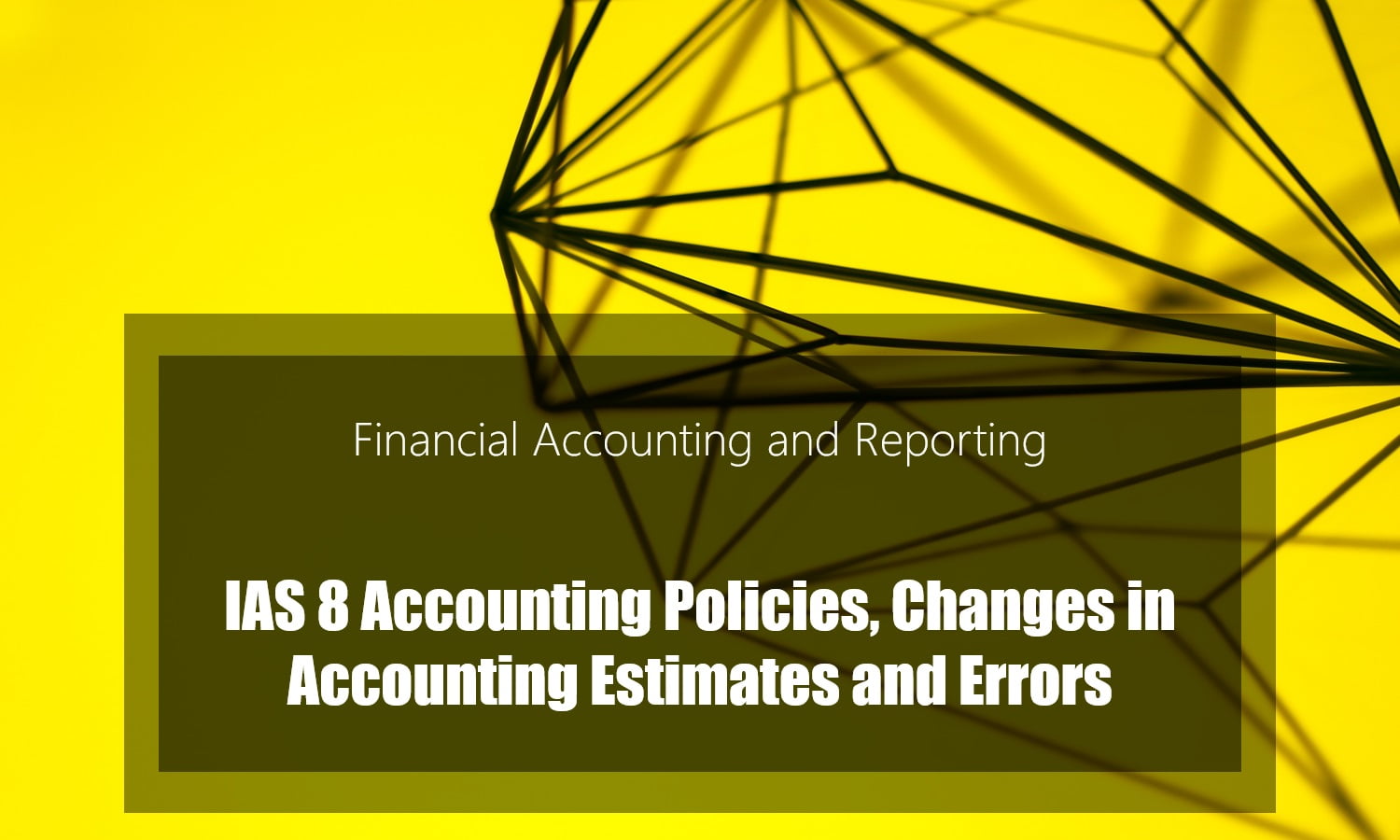IAS Standards
IAS 2 Inventories
IAS 7 Statements of cash flows
IAS 7 Statement of cash flows – Revisited
IAS 8 Accounting policies, changes in accounting estimates, and errors
IAS 10 Events after the reporting period
IAS 16 Property, plant and equipment
IAS 20 Accounting for government grants and disclosure of government assistance
IAS 21 The effects of changes in foreign exchange rates
IAS 24 Related party disclosures
IAS 27 Consolidated and separate financial statements
IAS 28 Investments in associates and joint ventures
IAS 32 Financial instruments: presentation
IAS 33 Earnings per share – Revisited
IAS 37 Provisions, contingent liabilities and contingent assets
IFRS Standards
IFRS 5 Non-current assets held for sale and discontinued operations
IFRS 7 Financial instruments: disclosures
IFRS 10 Consolidated financial statements
IFRS 12 Disclosure of interests in other entities
IFRS 13 Fair value measurement
IFRS 15 Revenues from contracts with customers
IAS 17 VS IFRS 16 Lease – Differences
IAS 8 full text Overview
IAS 8 gives guidance in selecting and applying accounting policies, accounting for changes in estimates and reflecting corrections of prior period errors.
Tackling IAS 8 in TWO simple steps:
- Identifying whether its a Accounting policy Change in Accounting estimate and Error.
- Accounting treatment for the identified event.
The IAS 8 disclosure for accounting policies estimates and errors are covered in these two steps.
Step 1: Identifying the Event
Identifying

Accounting Policies
- IAS 8 accounting policies are the specific principles, bases, conventions, rules and practices applied by an entity in preparing and presenting financial statements.
- IAS 8 Change in Accounting Policy occurs because of inappropriate use of:
-
- recognition.
- measurement.
- presentation.
given by IFRS
- Application of a NEW accounting Policy to transaction or event is not a change in accounting policy.
Changes in Accounting Estimates
- Change in accounting estimate is an adjustment to the carrying amount of an asset or liability, or related expense, resulting from reassessing the expected future benefits and obligations associated with that asset or liability.
- to some extent is based on management’s judgment. For example judgments on :
-
- bad debts
- inventory obsolesce
- fair value of assets and
- liabilities
- life of non-current asset
- depreciation pattern i.e straight line or reducing.
- change in accounting estimate results from “New information or New development“.
- change in accounting estimate does not mean Error has been made.
- if its difficult to distinguish between change in accounting policy and estimate, then it shall be treated as change in accounting estimate.
Prior period errors are omissions from, and misstatements in, an entity’s financial statements for one or more prior periods arising from:
- mathematical mistake.
- mistake in applying “accounting policies“.
- misinterpretation of facts and fraud.
Step 2: Accounting treatment for the identified event
Accounting treatment

Accounting Policies
- Transitional Provision an explanation given by IFRS on how a NEW standard has to be applied.
- In absence to a transitional provision , apply Accounting policies Retrospectively.
- When change in Accounting Policy occur:
-
- adjust Opening balances for each item affected by change, from the earliest prior period, as if policy had always been applied.
- If impracticable from the earliest date practicable, apply either:
-
- Specific effect in this case apply the new accounting policy to the carrying amount of assets and liabilities from the earliest period Retrospective application if practicable.
- Uncumulative effect in this case adjust comparative information to apply new accounting policy Prospectively from the earliest date practicable.
Changes in Accounting Estimates
Change in accounting estimate is recognized from the current period.
If an error occurs/is discovered:
- Correct it retrospectively.
- Restate the comparative amounts.
- The correction of prior period error is excluded from profit in the period when error was discovered.
- If it is impracticable to use retrospective application apply either:
-
- Specific effect: Restate the carrying amount of assets and liabilities at the beginning of earliest period for which retrospective restatement is practicable. This may be the current period.
- Cumulative effect: the entity must correct error prospectively from the earliest date practicable.
IAS 8 PDF
The above ias 8 summary is the most simplified version. Moreover Click Here to download the ias 8 summary pdf

Leave a Reply
You must be logged in to post a comment.